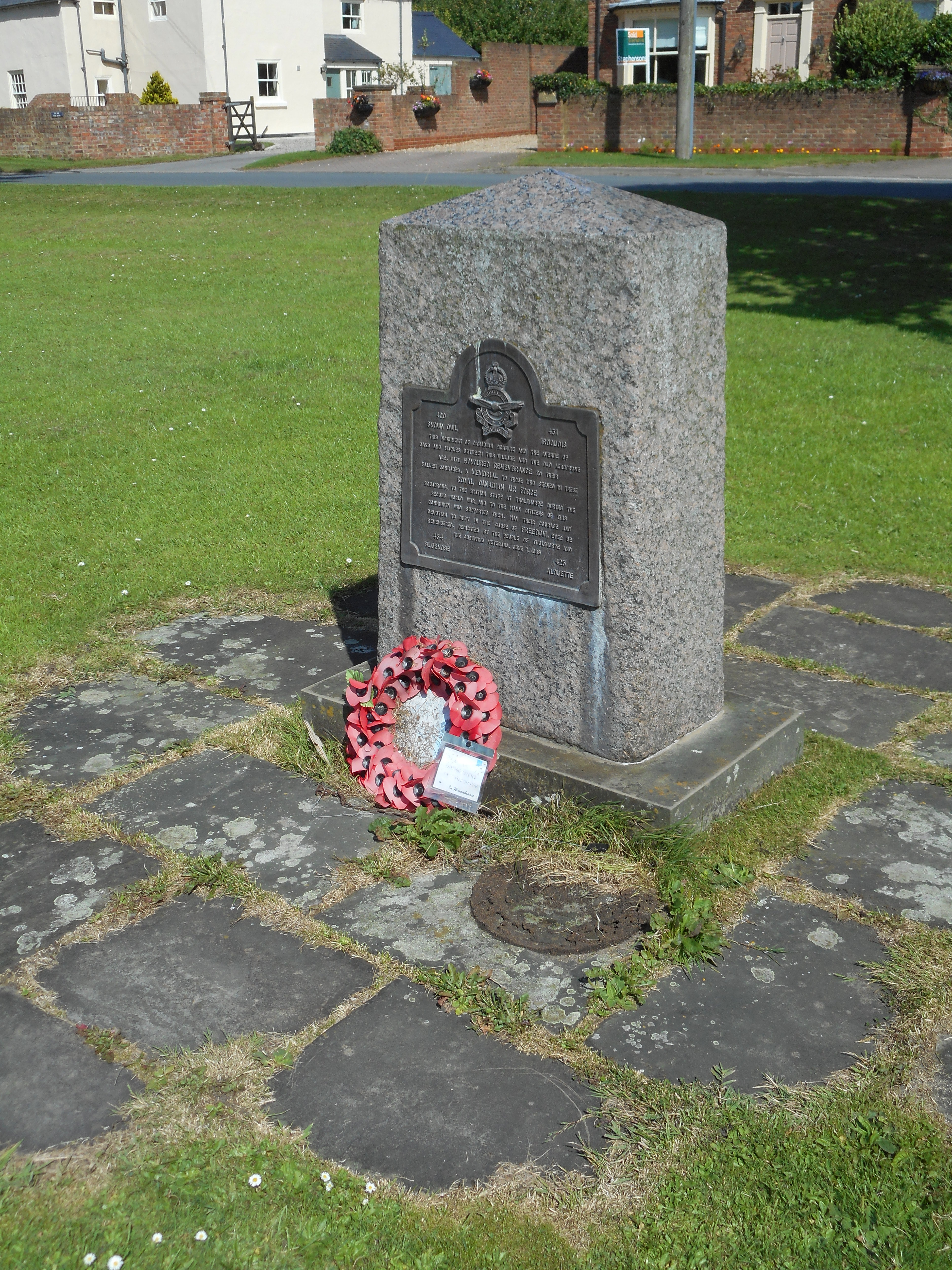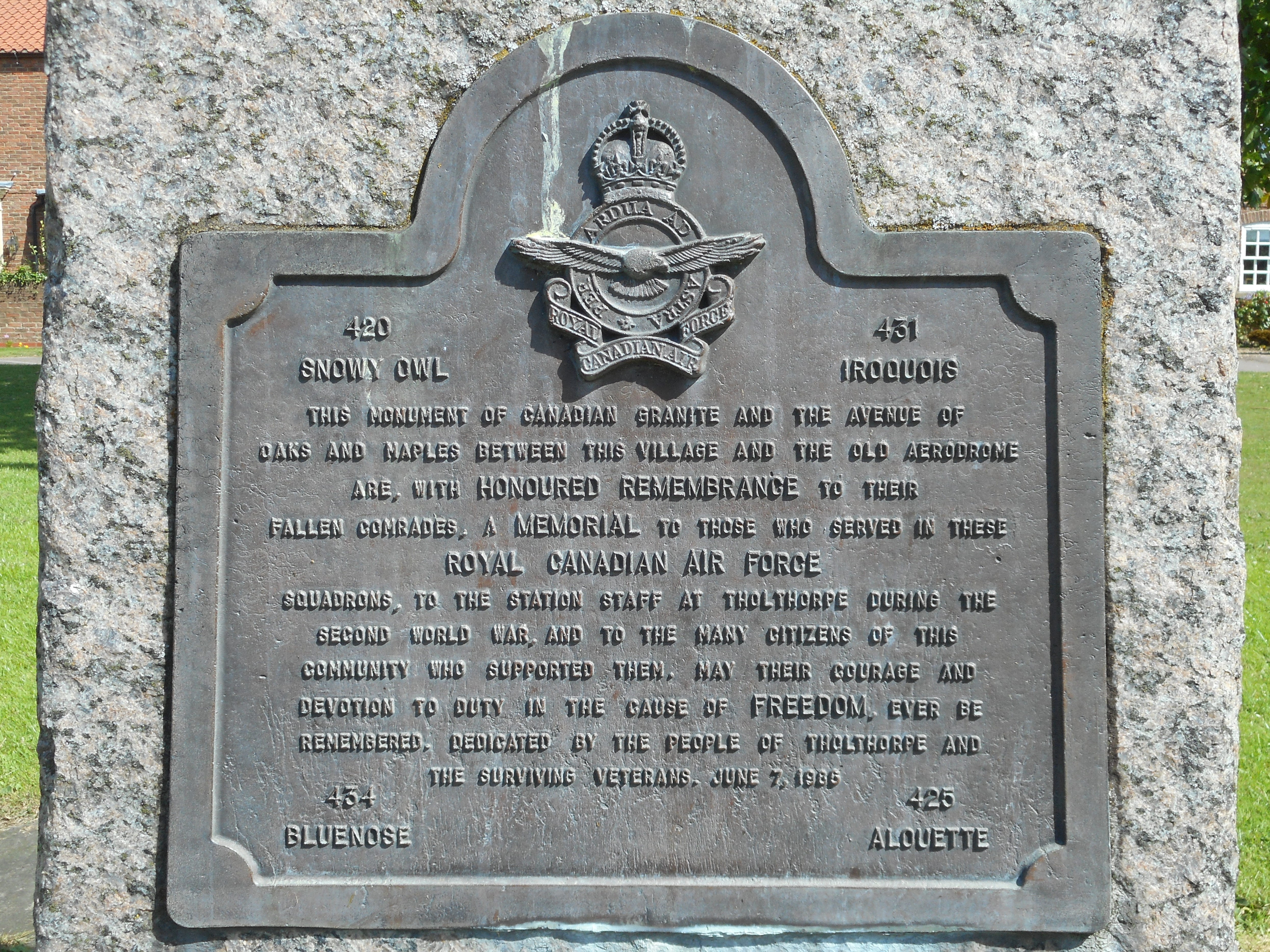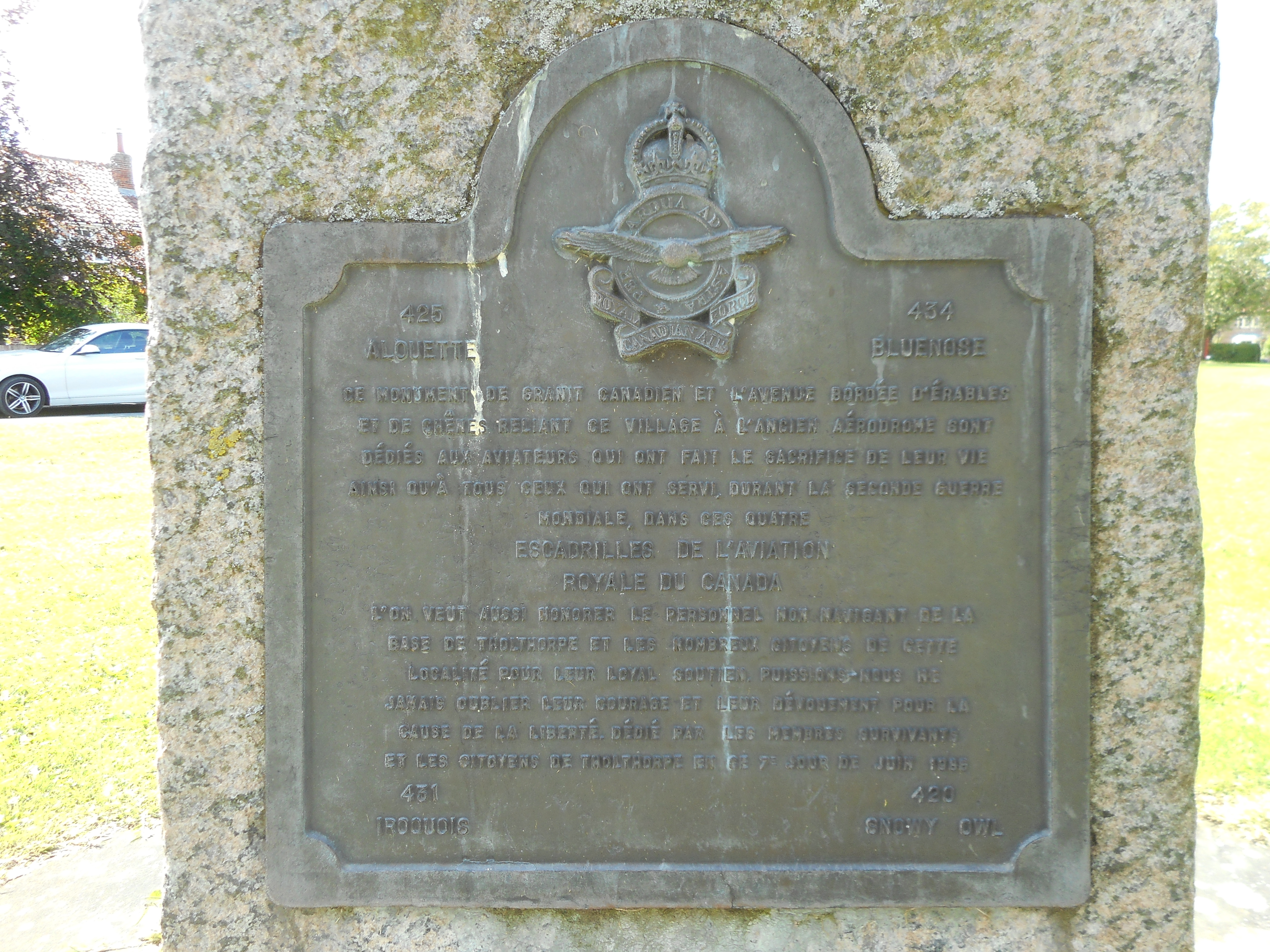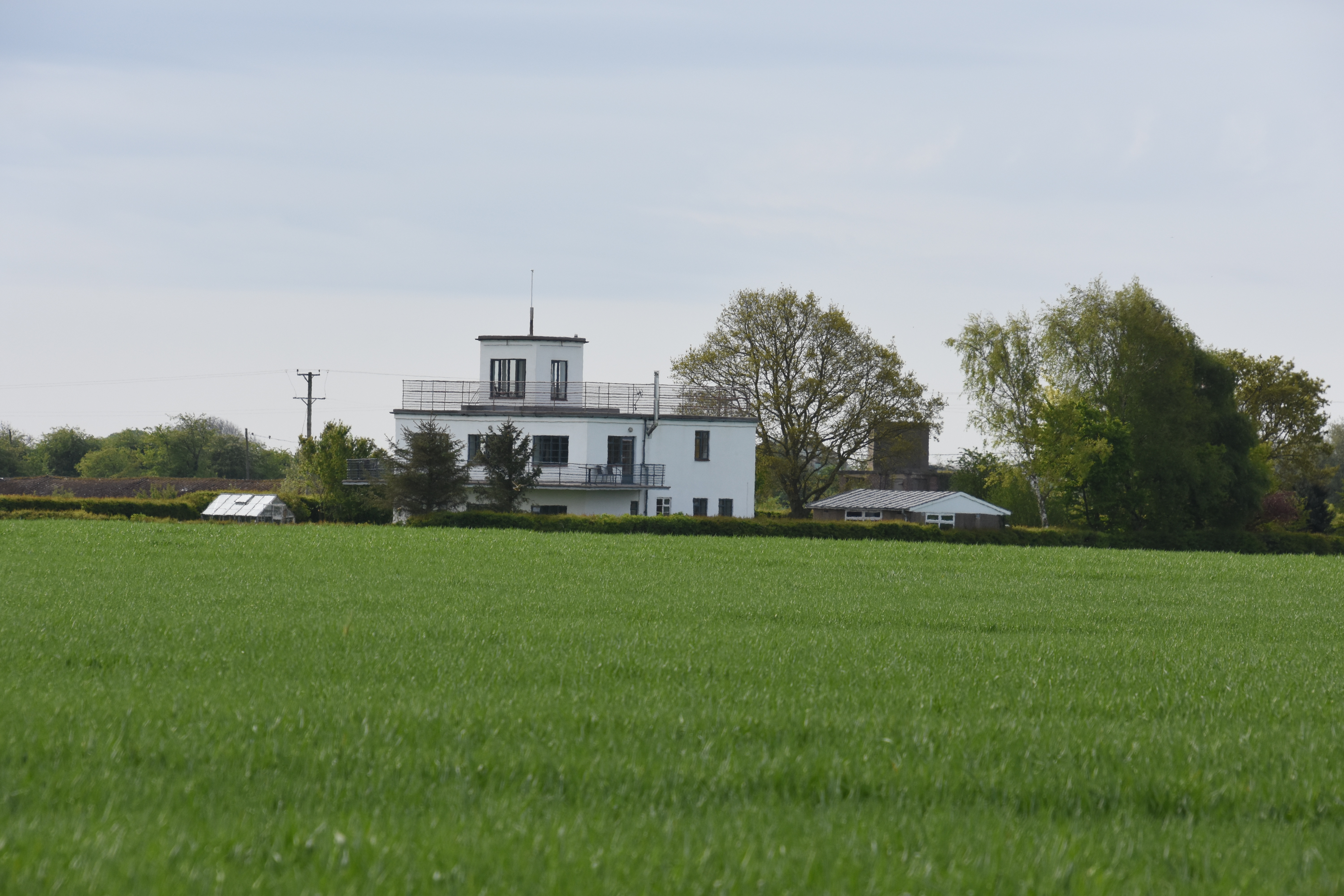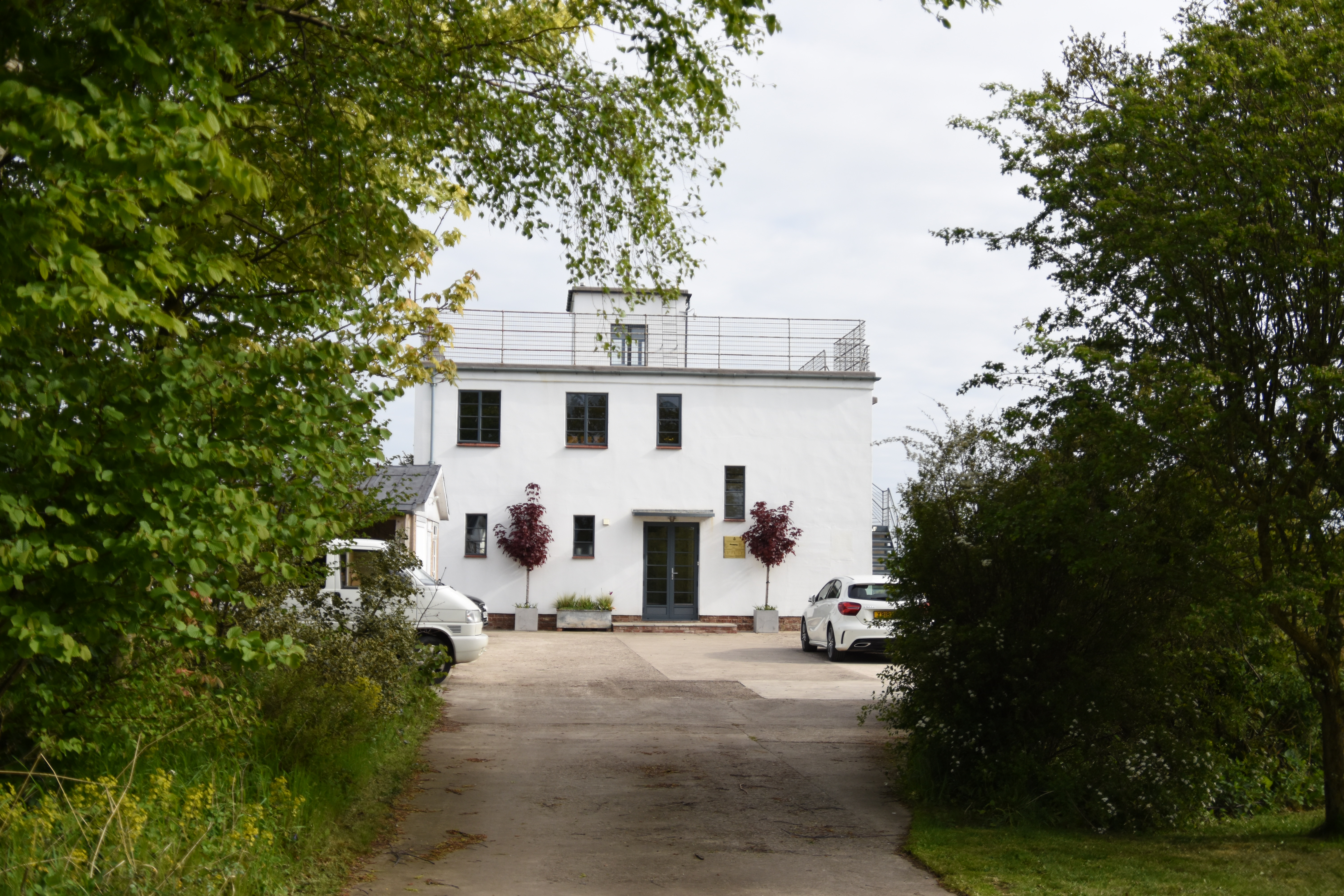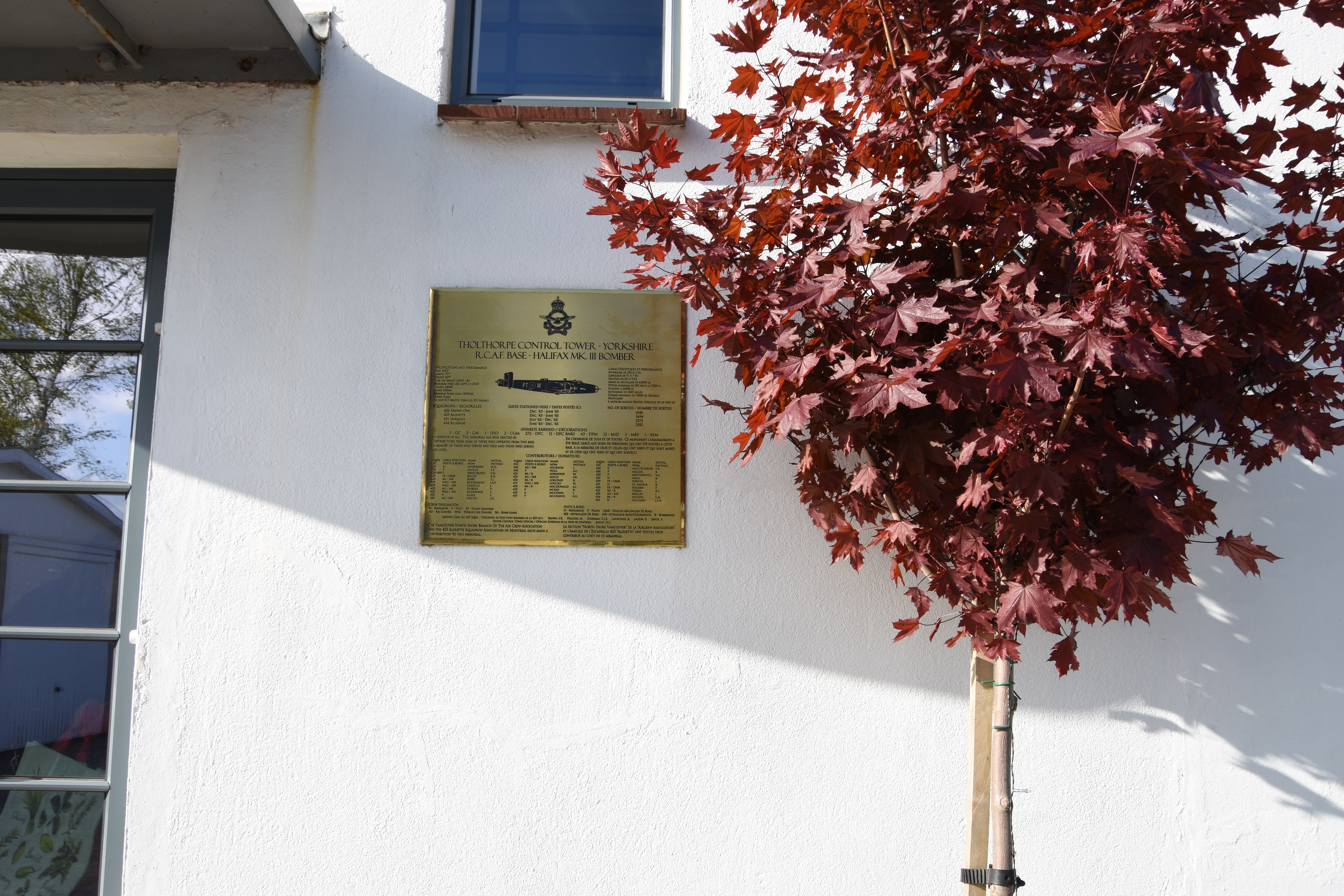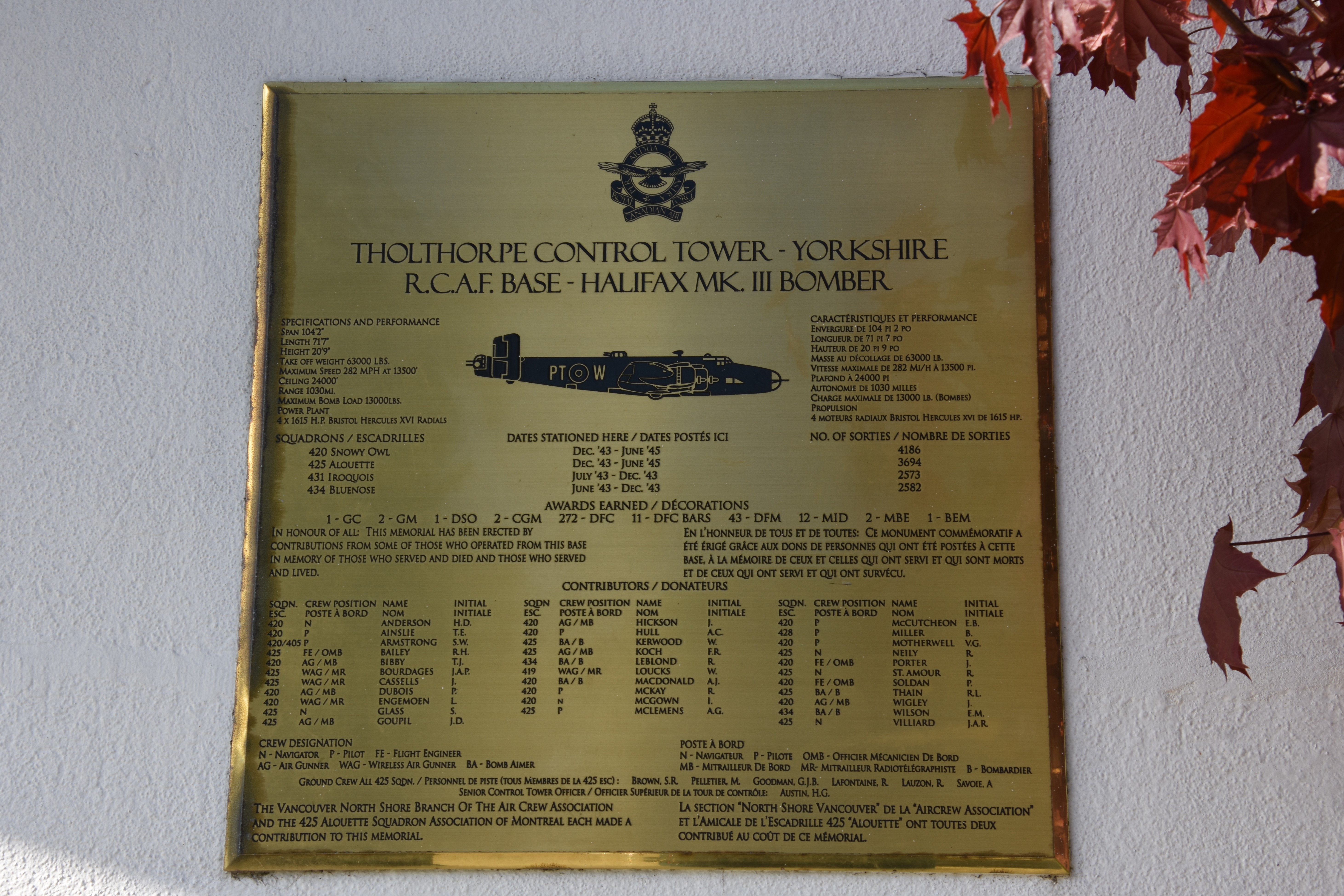Connor, George Ronald
Personal Information
| Rank | F/S |
| Forename(s) | George Ronald |
| Surname | Connor |
| Gender | M |
| Age | 20 |
| Decorations | |
| Date of Death | 18-08-1943 |
| Next of Kin | son of Ward Lowell Connor and Anne Georgina Connor (McDonald) of Moose Jaw, Saskatchewan, Canada. |
Aircraft Information
| Aircraft | Handley Page Halifax V |
| Serial Number | EB258 |
| Markings | IP-T |
Memorial Information
| Burial/Memorial Country | Germany |
| Burial/Memorial Place | Kiel War Cemetery |
| Grave Reference | 3. B. 7. |
| Epitaph |
IBCC Memorial Information
| Phase | 2 |
| Panel Number | 147 |
Enlistment Information
| Service Number | R/114897 |
| Service | Royal Canadian Air Force |
| Group | 6 |
| Squadron | 434 (Bluenose) |
| Trade | WOp/AG |
| Country of Origin | Canada |
Other Memorials
| Location | Connor Lake, Saskatchewan |
| Country | Canada |
| Memorial Type | Lake |
| Memorial Text |
| Location | Village Green, Tholthorpe, North Yorkshire |
| Country | United Kingdom |
| Memorial Type | Memorial Stone with inscribed Metal Plaque and Maple Tree |
| Memorial Text | A memorial to those Canadians who served at RCAF Tholthorpe during WW2, including 434 Sqn RCAF |
| Location | Former Control Tower, old Tholthorpe airfield site, North Yorkshire |
| Country | United Kingdom |
| Memorial Type | Inscribed Metal Plaque |
| Memorial Text | A memorial to those Canadians who served at RCAF Tholthorpe during WW2, including 434 Sqn RCAF |
Miscellaneous Information
| George was born at Melfort, Saskatchewan on 27 May 1923. His father, born Nova Scotia, was an electrician, retired because of ill health by the time of George's enlistment, and his mother was born in Wingham. The schools he attended were Moose Jaw Public 1934-1938 (grade8) and Moose Jaw Tech 1938-1941 (grade 10). He also took a drafting course. He enjoyed swimming, playing hockey and golf and his hobby was woodwork. Between May and June 1941 George worked as an usher at the Capital Theatre, Moose Jaw and then went into Woodwork, at Prairie Airways from 1941 onwards. |
| He enlisted on 29 July 1941 and was later sent to the U.K. arriving at 3PRC 1 December 1942. He was then at 9(0)AFU 18 December 1942, 23 OTU 9 February 1943, 1659 CU 7 May 1943, 419 Sqn 24 May 1943 and 434 Squadron 15 June 1943. George very sadly lost his life on 18 August 1943 from 434 Squadron. |
Commonwealth War Graves Commission
Fellow Servicemen
Last Operation Information
| Start Date | 17-08-1943 |
| End Date | 18-08-1943 |
| Takeoff Station | Tholthorpe |
| Day/Night Raid | Night (93% moon) |
| Operation | Peenemünde (V2 rocket research facility). 596 aircraft, 40 losses (6.7%). This raid was deliberately carried out by moonlight to increase the chances of success, and this undoubtedly contributed to the high level of losses incurred. A Master Bomber was used for the very first time and this raid was also unusual in that almost the entire capability of Bomber Command was engaged on such a small target. There were three target areas- the living quarters, the rocket factory and the experimental station. PFF used a special plan to shift the marking from one target to the next as the bombing progressed to ensure maximum precision. Both the Master Bomber approach and the target marking strategy worked well and a Mosquito diversionary raid drew off most of the night-fighters in the first two phases. 560 aircraft dropped almost 1800 tonnes of bombs and the V2 program was said to have been set back two months as a result. Most of the aircraft losses were incurred in the last phase when the German night-fighters had reformed over the target. They used Schräge Musik for the first time aboard Me110s. Results were impressive given that 5 Group Lost 14.5% of its number and 6 Group some 19.7%, both of which made up the third phase. |
| Reason for Loss | Hit by flak on outbound leg and abandoned over Westerland |

